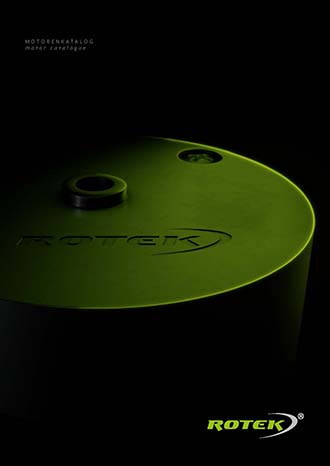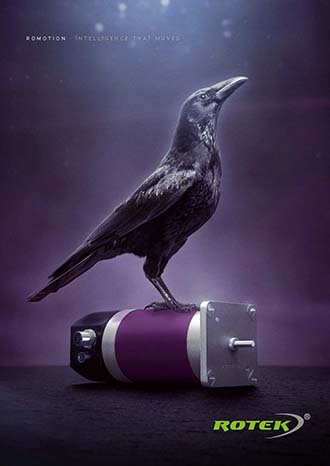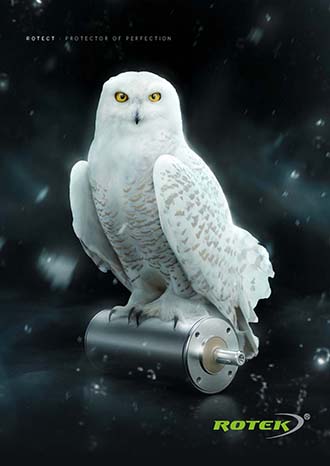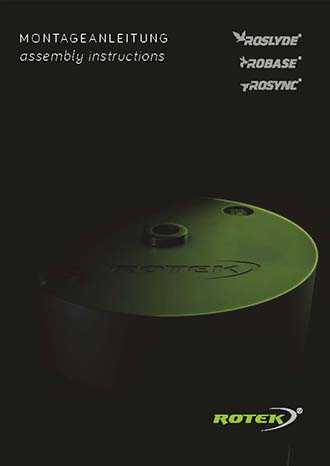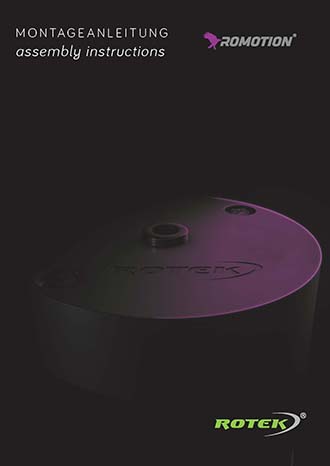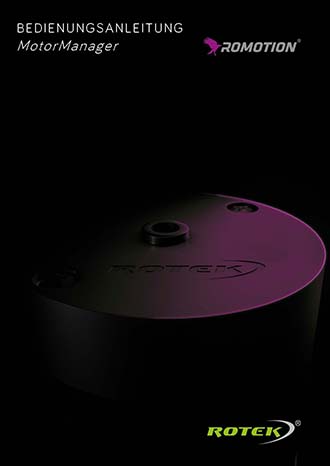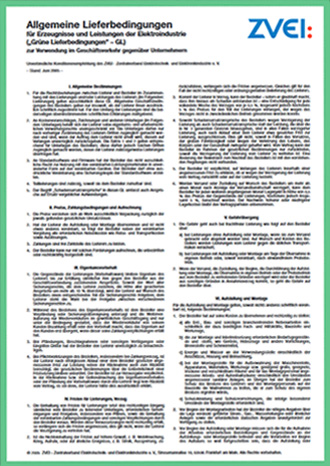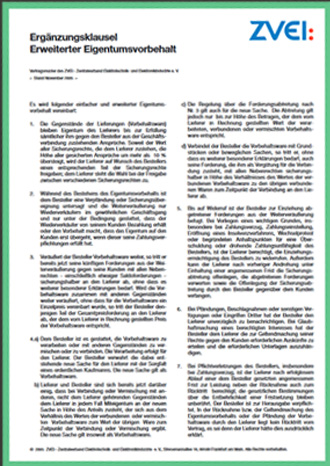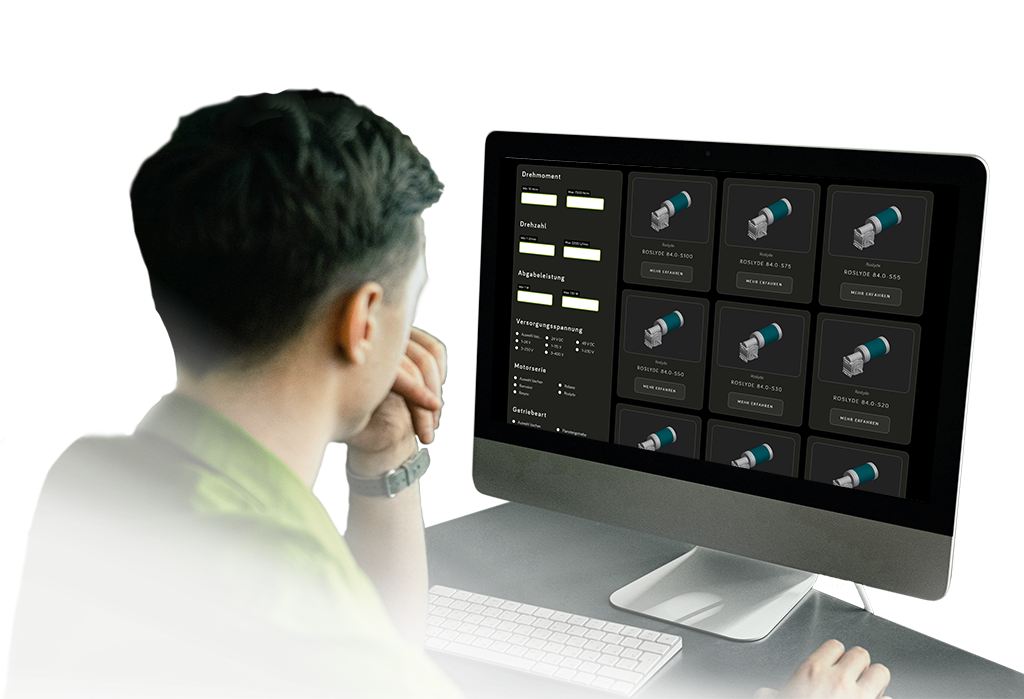
Downloads, Manuals, FAQ
Are you looking for information about our products and delivery conditions? Then you have come to the right place. Here you can obtain all current brochures and instructions, as well as the MotorManager software for our intelligent BLDC motor Romotion.
In the FAQ section we answer the most frequently asked questions from our customers. Our sales department will be happy to advise you individually if you need further information or a special drive solution.
PDF-DOCUMENTS
Here you will find all our data catalogs, assembly instructions for our synchronous motors, and other information about our different ROTEK products. Simply use the right click button to select the desired PDF and download. The free software, Adobe Acrobat Reader, is required to view the documents.
Synchronous motors data catalogue
Romotion data catalogue
Rotect data catalogue
Assembly Instructions
Assembly Instructions
Manual MotorManager
Terms of Delivery
Supplementary Clause (D)
Software Romotion
Motor-Manager
MotorManager is used for all ROMOTION BLDC motors with built-in control. It serves to adapt ROMOTION uniquely to the respective application. Download the PDF manual for the MotorManager here.
Software download
A password is required to download our software. To receive the password please email us at:
info@rotek-motoren.de
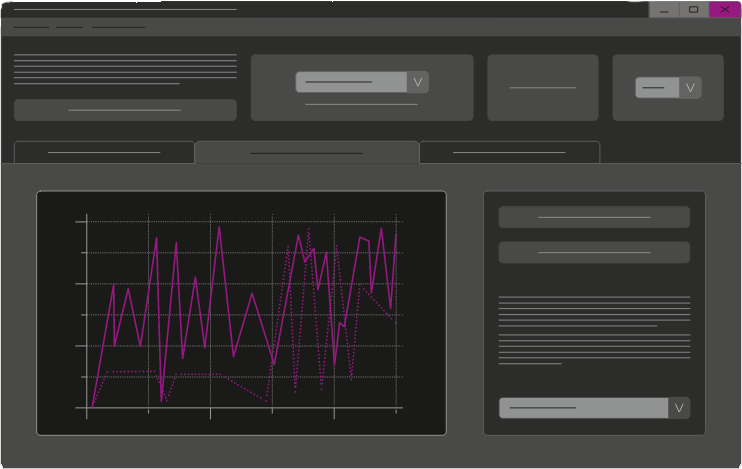
GENERAL
- Windows 7 or higher
- connection via serial drive interface
- libraries available
PARAMETRIZATION
- minimal and maximal speed
- maximal power/current
- ramps for acceleration and decelaration
ONLINE OUTPUT
- supply voltage
- current consumption
- speed
ONLINE CONTROL PANEL
- easy start-up
- start/stop
- CCW/CW rotation
- speed setting
How to use the configurator
How-to-video
You would like to configure your drive yourself? Our flexible modular system with millions of standard variants offers a maximum of individual customisation options. The most important 5000 variants are available in the configurator. For a better understanding, you will find a short how-to video here.
Our technical sales team will be happy to advise you on further customisation options.
FAQ Synchronous motors
What is the difference between synchronous and asynchronous motors?
In contrast to asynchronous motors, synchronous motors have rotors with permanent magnets. This results in different characteristics:
- more efficiency
- constant speed (independent of load fluctuation)
- extremely short start-up and stopping times
- self-holding torque in powerless state
For which nominal voltages do you supply motors?
Generally, windings for all voltages between 12 V~ and 3×500 V~ are available. Windings for 230 V~, 115 V~, 24 V~, 3×400 V~, and 3×230 V (frequency inverter type) are standard.
When do I need a capacitor?
Capacitors are only needed for alternating current motors. The winding is split into the main and auxiliary phases. The main phase is directly connected to the mains power supply. In contrast to this, a capacitor is located downstream from the auxiliary phase to achieve the required phase shift and thus build up a rotating field. Three phase motors do not need a capacitor.
How can I change the drive speed?
The speed of a synchronous drive depends entirely on the mains frequency and does not depend on the load or voltage. Frequency converters allow ROBASE motors to be run between 7 and 70 Hz (ROSYNC and ROSLYDE: 1-70 Hz). We recommend ROSYNC, ROSLYDE, and 6-pole ROBASE motors for use with frequency converters.
Do I need a brake?
The speed of a synchronous drive depends entirely on the mains frequency and does not depend on the load or voltage. Frequency converters allow ROBASE motors to be run between 7 and 70 Hz (ROSYNC and ROSLYDE: 1-70 Hz). We recommend ROSYNC, ROSLYDE, and 6-pole ROBASE motors for use with frequency converters.
Does short-time blocking cause damage to motors?
Short-time blocking of the drive does not cause thermal damage to the winding. You should still attempt to avoid blocking to avoid damage to the gearbox.
How are your motors protected against dust and water?
The DIN VDE 0530, EN 60529, Part 5 standard defines protection classes for housings (this does not apply to the output shaft) for rotating field electrical devices. The protection class is indicated by the IP tag and two numbers. Our drives are compliant to IP40 by default. The terminal box version is optionally available to the IP55 protection standard.
Which operation types are possible with your motors?
Our motors are designed for continuous operation by default. The winding can be reinforced to provide more output power. At the same time, this reduces the permissible duty cycle. We provide windings for S2 and S3 operations. Always keep to the duty cycle indicated on the type plate. Failure to do so will cause overheating and can permanently damage the drive. Additionally, you can get a motor with a built-in thermal protection switch.
Can drives be run at high and/or low ambient temperatures?
Our drives are designed for ambient temperatures between -25°C and +50°C and planetary gears for temperatures between -10°C and +50°C. Please consult us for temperatures outside these ranges.
Is it a problem if the drive becomes hot during operation?
Our motors are designed to insulation class F for a maximum winding temperature of 155°C at a maximum environmental temperature of 50°C. The surface temperature of the drive can be hot for longer periods of operation without causing damage to the drive. The wire we use for the windings is designed to resist temperatures of up to 180°C.
CAUTION: Do not exceed the specified duty times with motors designed for a short duty cycle!
Can all synchronous motors be run as stepper motors?
Our synchronous motors can be run as stepper motors assuming modified inductor controls. Our 6-pole motors are best suited due to their favourable resonance characteristic.

